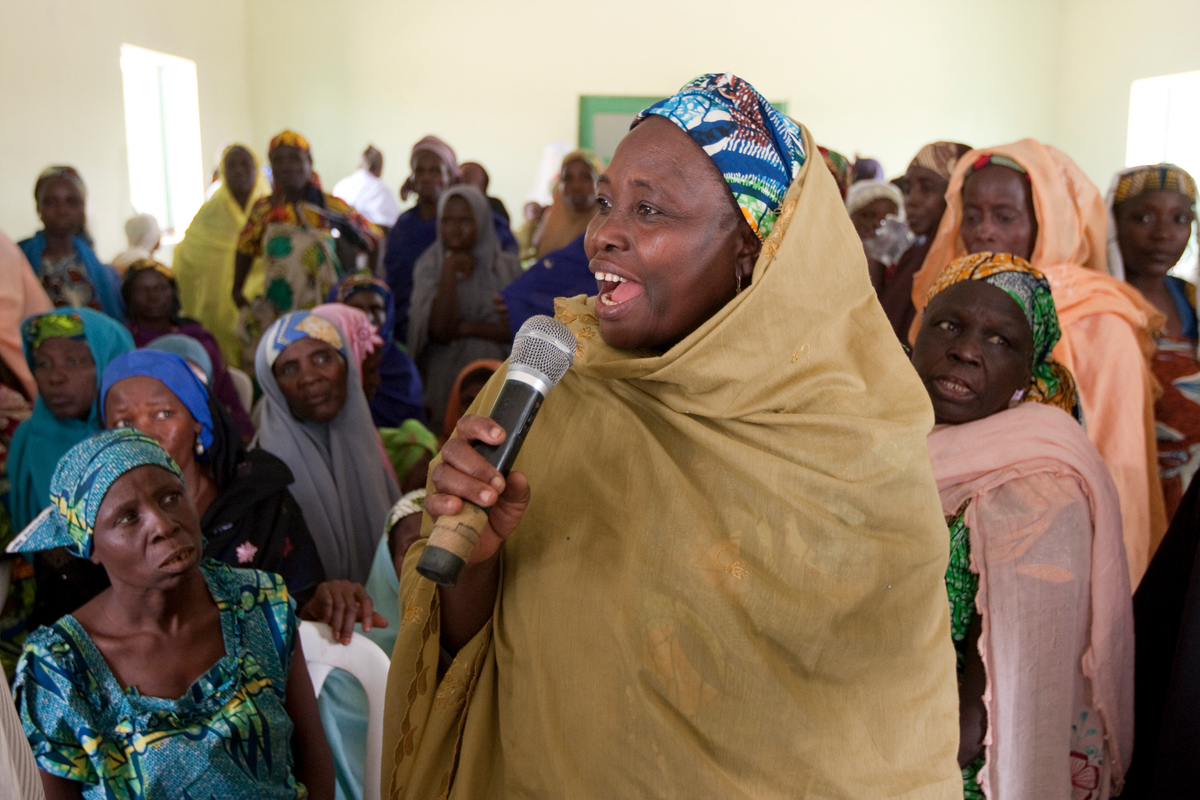Women’s groups, an umbrella term that encompasses a wide range of implementation models, vary widely. They vary by membership criteria, organising purpose and activities, as well as by implementation models across different contexts. Despite widescale implementation and evaluation of groups, there is no consistent way to describe different models or report on their functioning. Describing women’s group models with greater accuracy is key to ensuring transferability of evidence, both from pilots to scaled-up programs and across contexts. To address this gap, this paper proposes: (i) a typology to categorize women’s groups and (ii) a set of common reporting indicators to describe implementation models.
This a commentary piece led by Dr. Sapna Desai and Dr. Thomas de Hoop, along with ECWG members and colleagues who have conducted systematic reviews on women’s groups in India, Uganda and other low and middle-income settings. The proposed typology categorizes groups on three levels: 1) membership; 2) primary organizing purpose; and 3) secondary activities, if applicable. We then propose a checklist to capture key implementation characteristics across five categories: purpose; governance; membership; meeting norms; and facilitation. We recommend these criteria form a box” for implementers and researchers to describe women’s groups with consistency across settings and disciplines.

©Bill & Melinda Gates Foundation/Akintunde Akinleye
Status: Completed Research